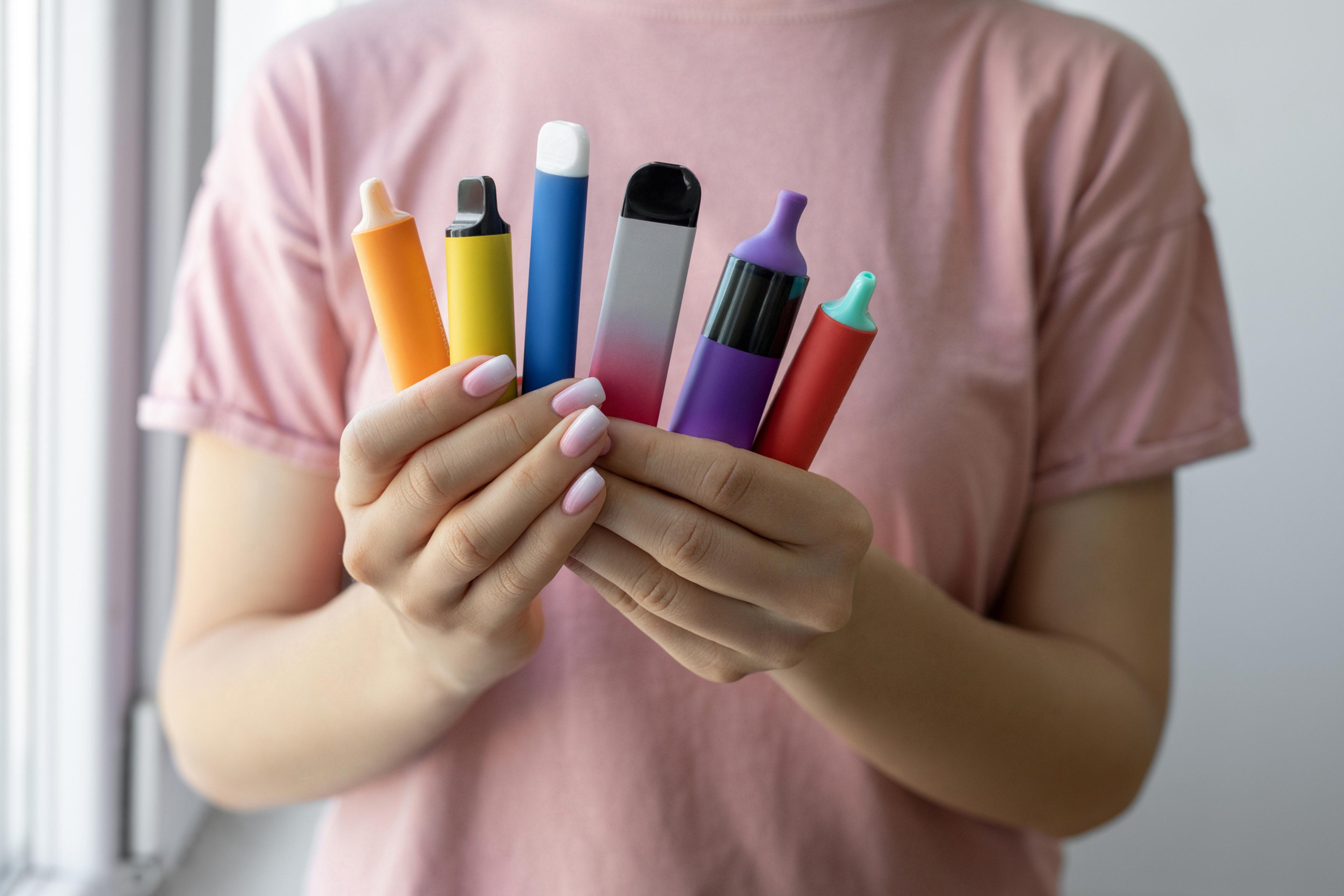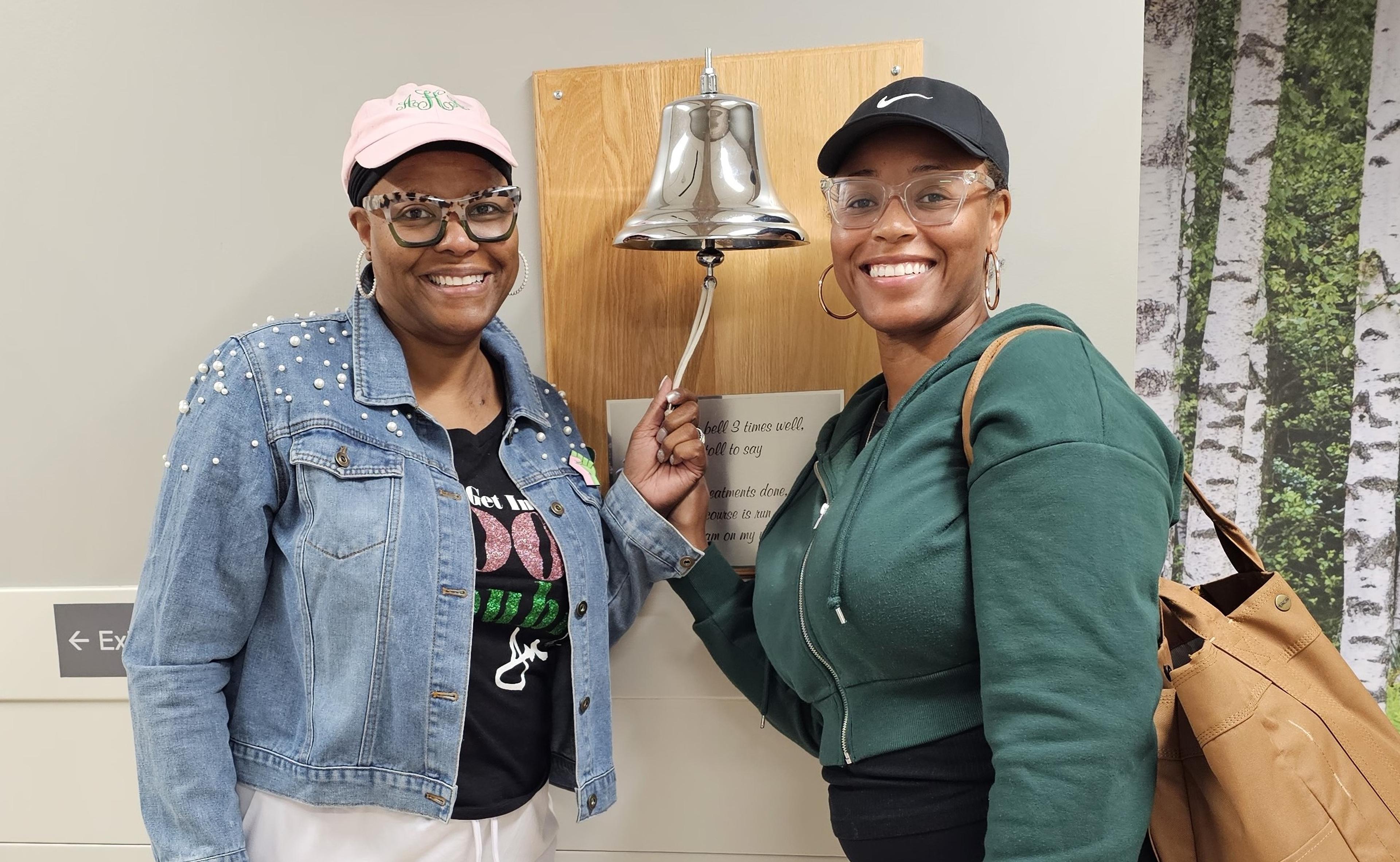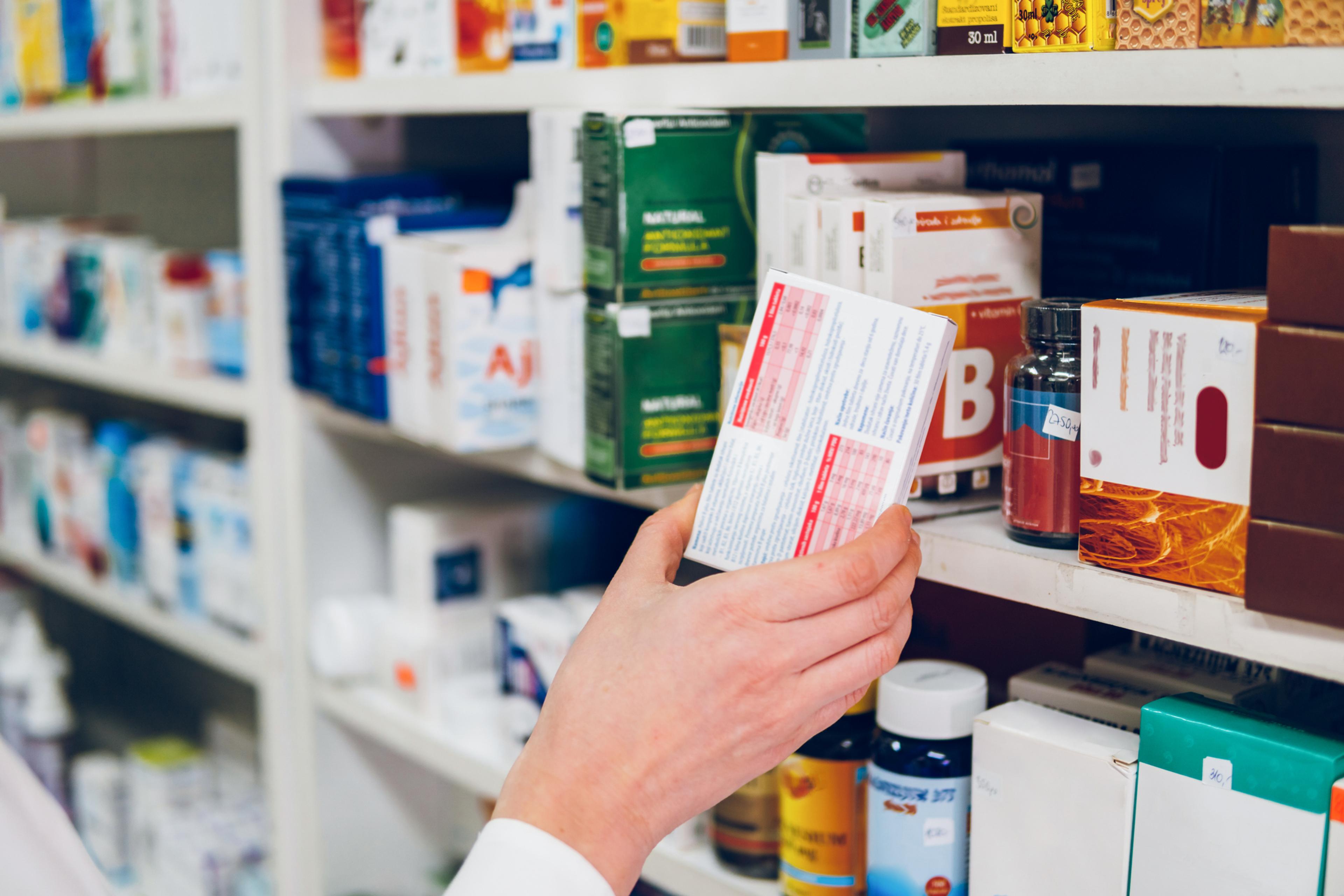The Rise of Teen Vaping

Caitlyn Begosa
| 2 min read
Caitlyn Begosa is a corporate communications intern ...

The use of e-cigarettes has become common during recent years, especially among teens. The rate of teen vaping has rapidly increased to the point where some refer to it as a public health crisis and an epidemic.
According to the U.S. Food and Drug Administration, about 10% of middle and high school students have used tobacco products within the past month. The most common form is vaping. More than 2.1 million teenagers actively and consistently use e-cigarettes -- and nine out of 10 use flavored e-cigarettes.
Vaping has even surpassed other forms of substances. Within the last 30 years, the rate of vaping has increased while the rate of alcohol and cigarettes have declined.
Why do younger generations turn to vaping?
The rate of teen e-cigarette use has vastly passed other forms of substances.
Some reasons why this generation chooses vaping over other substances include:
- They believe it’s less harmful or healthier than cigarettes and other forms of tobacco.
- They are curious, especially if they have friends or family members who use e-cigarettes.
- Many vaping products target younger generations with fun packaging and flavors.
Vaping health risks
Vaping exposes the lungs to various chemicals such as nicotine, propylene glycol, flavorings and other additives. When heated in the e-cigarette, these chemicals can become dangerous. Moreover, some vapes contain known carcinogens like formaldehyde and acetaldehyde.
It’s especially dangerous to adolescents because it can cause brain damage. The brain isn’t fully developed until the age of 25. As a result, vaping can change the way the brain functions, such as harming the parts that control mood, learning and attention.
Other health risks of vaping include:
- Addiction
- Lung and organ damage
- Anxiety and depression
- Sleep problems
- Chronic bronchitis
- Cancer
To learn more about vaping, read more from MIBluesPerspectives:





